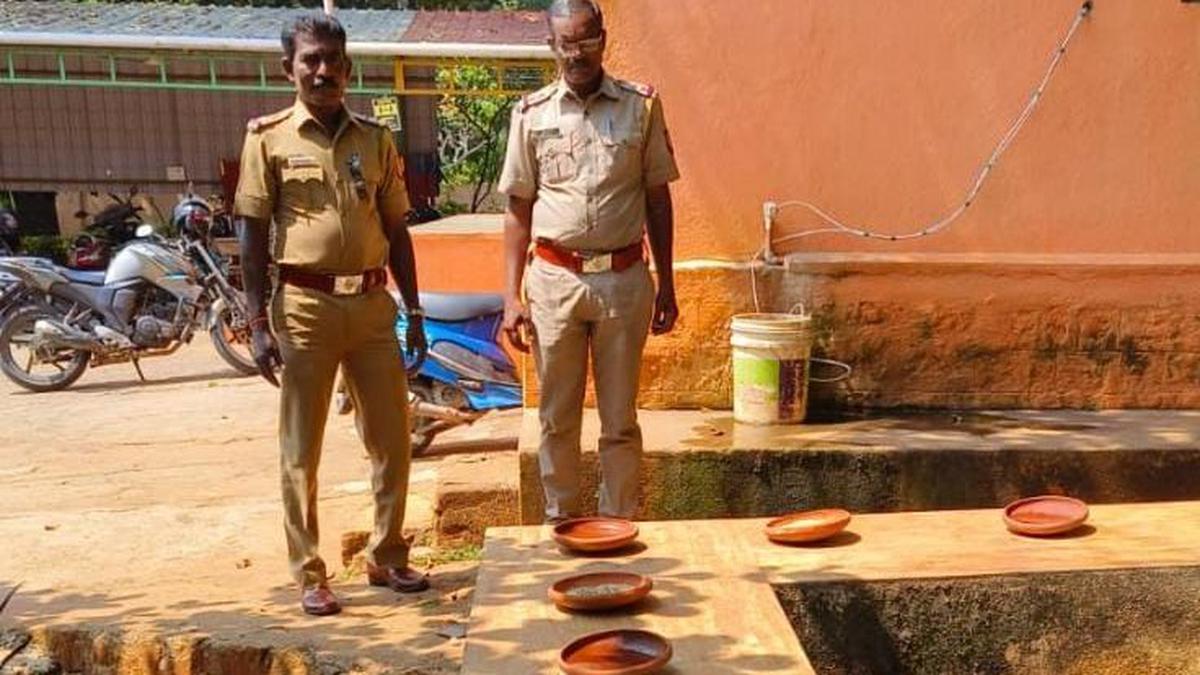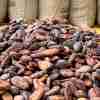
Water bowls, feeding troughs for birds come up at police stations in Vellore, nearby districts
The Hindu
With summer setting in, large earthen water bowls and small feeding troughs for birds are being placed at the Superintendent of Police (SP) offices and at all police stations in Vellore, Ranipet, Tirupattur and Tiruvannamalai districts.
With summer setting in, large earthen water bowls and small feeding troughs for birds are being placed at the Superintendent of Police (SP) offices and at all police stations in Vellore, Ranipet, Tirupattur and Tiruvannamalai districts.
The initiative is aimed at providing water to community birds that do not have access to fresh drinking water. It helps to prevent birds from dying due to dehydration. “As most police stations have many trees within their premises, they are always home to small wild birds. The initiative of providing water and feed for birds at police stations was started a few days ago. It will continue till June,” S. Rajesh Kannan, SP, Vellore, told The Hindu.
At present, 113 police stations are located in these districts with Tiruvannamalai having the highest number at 39 police stations, followed by Vellore at 28, Ranipet at 24 and Tirupattur at 22. Police writers have been assigned the task of maintaining the water bowls and feeding troughs at the stations in these districts.
Each station, on an average, is to have at least two water bowls and feeding troughs on its terrace. These are to be refilled twice a day, mornings and evenings. At SP offices, four water bowls and feeding troughs, maintained from the dispensary fund of the stations, have been placed.













